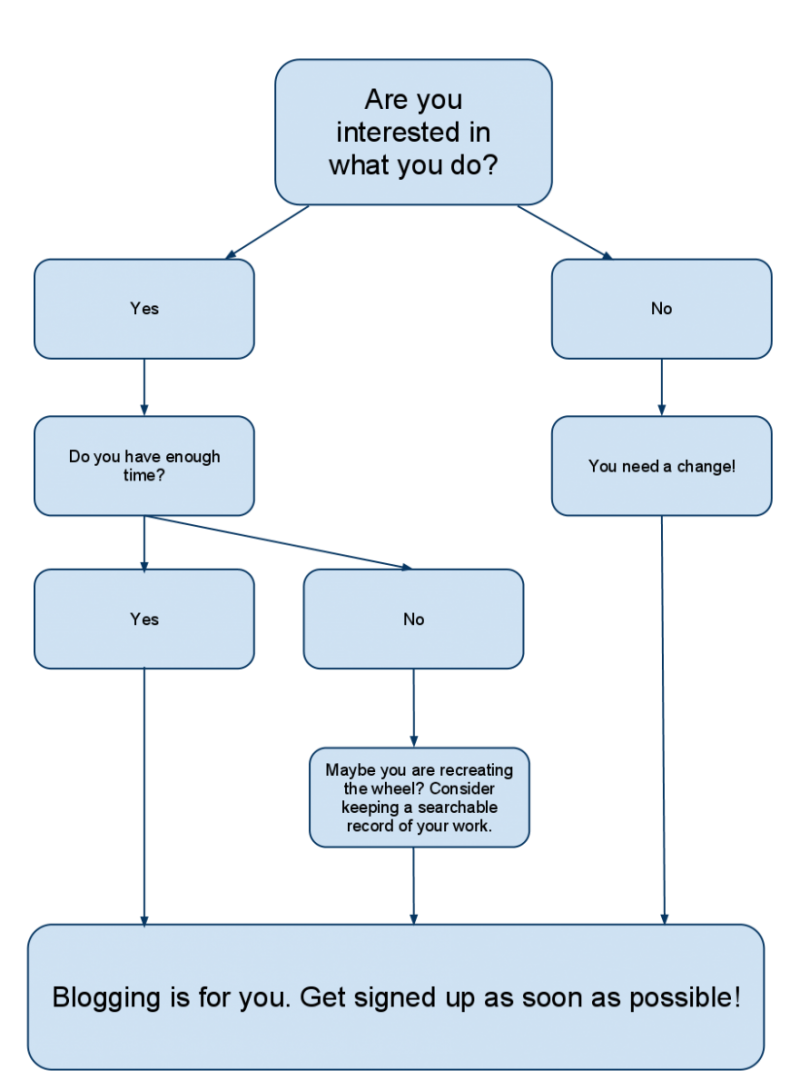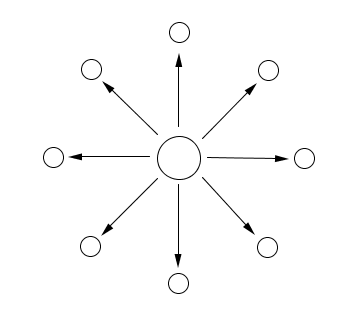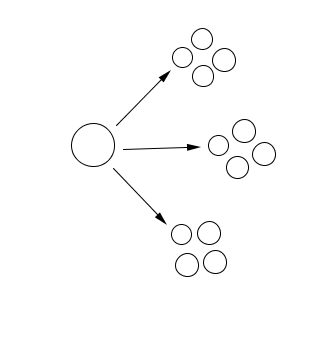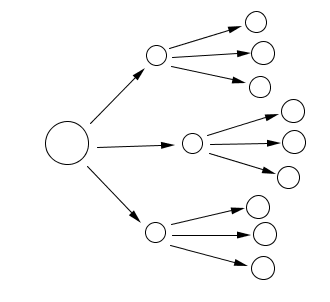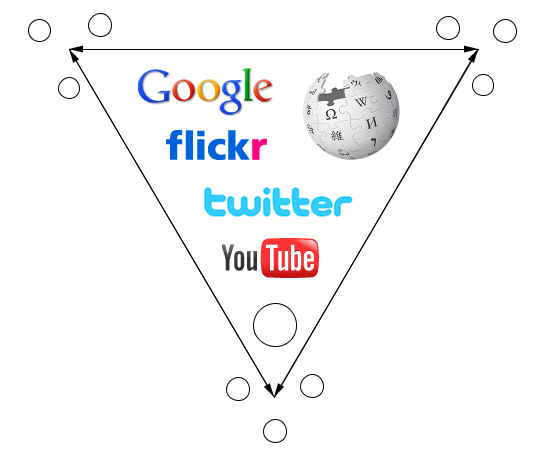I recently came across Frank Noschese and John Burk‘s collection of posts on Pseudoteaching. In Frank and John’s words:
What is pseudoteaching? This term was inspired by Dan Meyer’s pseudocontext, which sought to find examples of textbook problems that on the surface seemed to be about real world problems and situations, but actually were about make believe contexts that had little connection to the real world, other than the photographs that framed the problems. After reading many of Dan’s pseudocontext posts, John Burk and I had the idea of pseudoteaching [PT] which we have defined as:
Pseudoteaching is something you realize you’re doing after you’ve attempted a lesson which from the outset looks like it should result in student learning, but upon further reflection, you realize that the very lesson itself was flawed and involved minimal learning.
We hope that though discussion, we’ll be able to clarify and refine this definition even further. The key idea of pseudoteaching is that it looks like good teaching. In class, students feel like they are learning, and any observer who saw a teacher in the middle of pseudteaching would feel like he’s watching a great lesson. The only problem is, very little learning is taking place. We hope pseudoteaching will become a valuable lens for critically examining our own teaching, and that the idea will spread to other teachers as well.
How does this apply to presenters?
Most presenters will tell you that their primary job is to teach new ideas, but it’s not. The primary job of a presenter is to be asked to present again (because if you don’t get to present again, you don’t get to share your message). The secondary job of a presenter is to teach. If the primary job of a presenter were actually to teach, they would use methods of presenting that might actually result in learning, rather than just entertainment.
Here are some quick checks you can use to tell if the presenter you have is actually teaching.
- Do they use formative assessment during their workshop, and then modify their workshop in response to the results?
- Do they ask questions that provoke thinking… and then expect everyone to respond to those questions?
- Do they give opportunities for teachers to collaborate and discuss during their session?
- Do they attempt to uncover and address incomplete models1 related to what they are teaching?
- Do they check to see if teachers can apply what they have learned?
If not, you are probably listening to an edutainer.
1. My colleague, Scott Bruss, introduced me to the idea of using the phrase incomplete model instead of misconception. A misconception implies that something can easily be addressed by presenting the conception. An incomplete model suggests that in order to help a learner develop a complete model, you need to know what model they are currently using.
